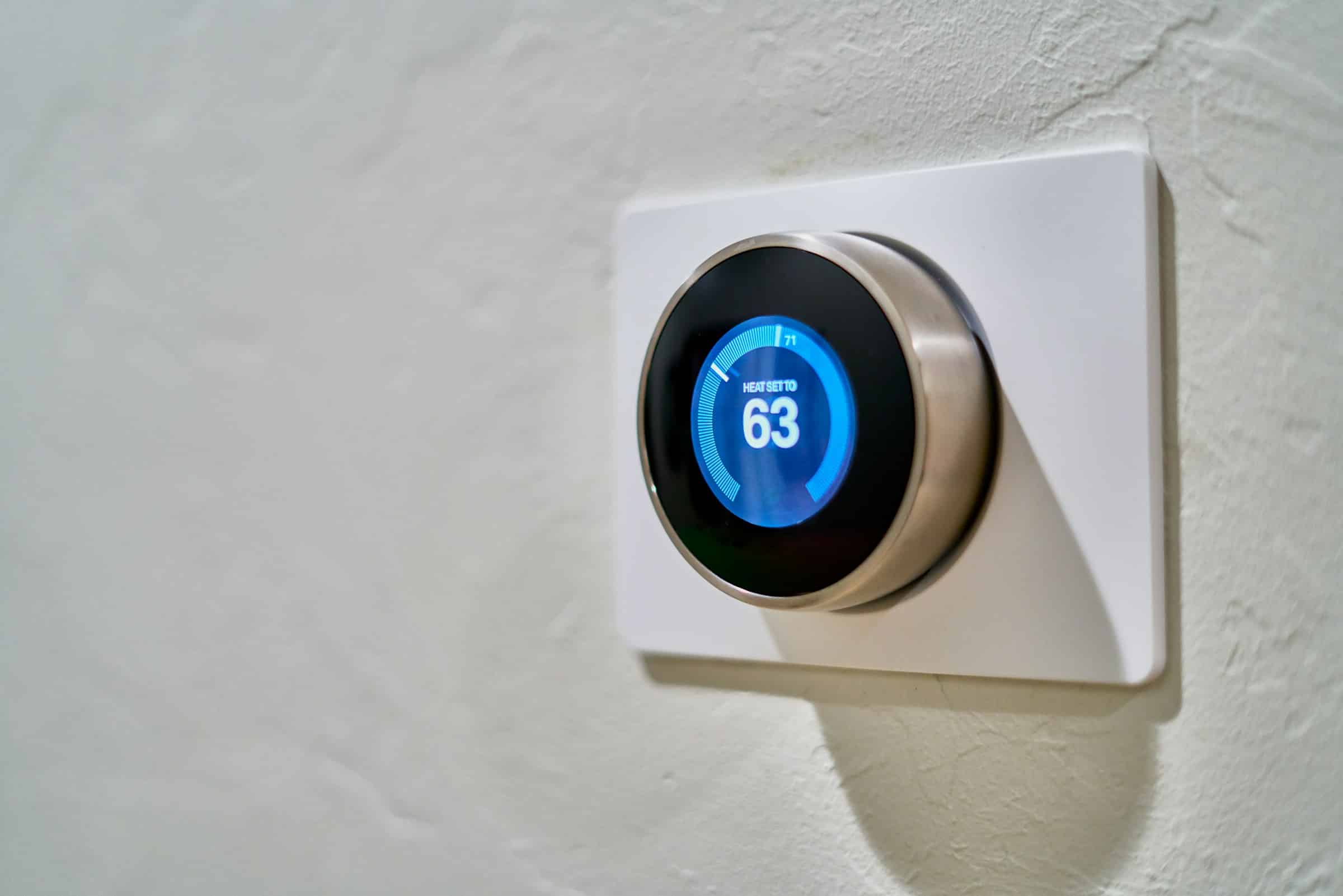Can You Use Your Smartphone to Monitor and Control a Smart Home Heating System?

The integration of technology into our daily lives has revolutionized how we manage our homes. In an era where smart devices rule, the ability to control and monitor your heating system from your smartphone is no longer a luxury but a necessity. This article explores the intricacies of using your smartphone to manage a smart home heating system, delving into the benefits, functionality, and security of these smart thermostats.
The Evolution of Smart Thermostats
Smart thermostats are modern devices that offer more than traditional thermometers. They are designed to control your home's temperature efficiently by integrating with your HVAC system. These systems have evolved to allow homeowners to manage their heating and cooling through their smartphone or phone app.
In parallel : What Are the Best Strategies to Use Your Smartphone as a Fitness Coach?
Historical Context
In the past, maintaining a comfortable temperature in your home involved manual adjustments. The advent of programmable thermostats was a significant leap forward, allowing users to set schedules and reduce energy consumption. However, the real game-changer came with smart thermostats that leverage the power of the internet and smartphones. These devices not only learn your schedule but adapt to your habits, creating a seamless integration of convenience and energy efficiency.
Benefits of Smart Thermostats
One of the major advantages of smart thermostats is their ability to save energy. By learning your heating and cooling preferences and patterns, these devices optimize the functioning of your HVAC system, leading to significant cost reductions. Additionally, the convenience of controlling your thermostat remotely using a smartphone ensures you never waste energy when you're not home.
Also read : How to Use Your Smartphone to Monitor Indoor Air Quality in Real-Time?
Smart thermostats also provide detailed energy reports, helping you understand your heating and cooling habits. This data can be invaluable in making informed decisions about your energy consumption. Moreover, the integration with home automation systems means that your smart thermostat can work in tandem with other smart devices, creating a cohesive and efficient smart home environment.
How to Control Your Home Heating System with Your Smartphone
Controlling your heating system with a smartphone involves more than just having a smart thermostat. It requires a well-integrated system that can communicate effortlessly with various devices and platforms.
Setting Up Your Smart Thermostat
The first step is installing a smart thermostat compatible with your existing HVAC system. Brands like Nest, Ecobee, and Honeywell offer various models that cater to different needs and budgets. Once installed, these devices typically require a Wi-Fi connection to link to your home network.
After installation, download the corresponding thermostat app on your smartphone. This app will serve as the interface for controlling and monitoring your heating system. The setup process usually involves creating an account, linking the thermostat to your home network, and customizing settings according to your preferences.
Using the Thermostat App
The thermostat app is your primary tool for managing your heating system. It allows you to set temperature schedules, adjust settings, and monitor energy usage from anywhere. Many apps offer features like geofencing, which adjusts the temperature based on your location, ensuring your home is comfortable when you arrive and energy-efficient when you're away.
Furthermore, these apps provide real-time alerts and reports, keeping you informed about your HVAC system's performance. For instance, if there’s a sudden drop in temperature indicating a potential issue, you’ll be notified immediately, allowing for prompt action.
Voice Control Integration
In addition to smartphone control, many smart thermostats integrate with voice assistants like Amazon Alexa, Google Assistant, and Apple Siri. This allows you to adjust the temperature using just your voice, adding another layer of convenience to your smart home experience.
Security Concerns and Solutions
While the benefits of controlling your heating system with a smartphone are clear, it’s essential to address the security concerns that come with it. As with any smart device connected to the internet, smart thermostats can be vulnerable to hacking and unauthorized access.
Potential Risks
The primary risk is unauthorized access to your home network. If a hacker gains control of your smart thermostat, they could potentially access other devices connected to the same network. This underscores the importance of robust security measures to protect your smart home ecosystem.
Enhancing Security
To mitigate these risks, ensure your home network is secure. Use strong, unique passwords for your Wi-Fi and smart thermostat accounts. Enable two-factor authentication (2FA) where possible, adding an extra layer of security.
Regularly update your thermostat app and firmware to protect against vulnerabilities. Manufacturers frequently release updates to address security flaws and improve functionality, so keeping your devices up to date is crucial.
Additionally, consider using a dedicated network for your smart home devices. This isolates your smart thermostat and other devices from your primary network, reducing the risk of a security breach affecting your entire home.
The Future of Smart Home Heating Systems
The future of smart home heating systems looks promising, with advancements in technology continuing to improve efficiency, convenience, and security. As smart thermostats become more sophisticated, homeowners can expect even greater control over their heating and cooling systems.
AI and Machine Learning Integration
One of the most exciting developments is the integration of artificial intelligence (AI) and machine learning. These technologies enable smart thermostats to learn from your behavior and preferences, creating a more personalized and efficient heating plan. For instance, AI can predict when you’re likely to leave or return home and adjust the temperature accordingly, optimizing both comfort and energy use.
Enhanced Connectivity
The proliferation of the Internet of Things (IoT) is making smart homes more interconnected. Smart thermostats will increasingly communicate with other smart devices in your home, such as security cameras, light bulbs, and smart speakers. This interconnected ecosystem will allow for more seamless automation and control of your home environment.
Improved Energy Management
Future smart thermostats will likely offer even more advanced energy management features. With real-time energy pricing information and predictive analytics, these devices can optimize your heating and cooling to take advantage of lower energy rates, further reducing your utility bills. Moreover, integration with renewable energy sources like solar panels can make your home even more energy-efficient and environmentally friendly.
So, can you use your smartphone to monitor and control a smart home heating system? Absolutely. The advent of smart thermostats has made it easier than ever to manage your home's temperature from your phone, ensuring a comfortable living environment while maximizing energy efficiency. By investing in a smart thermostat and leveraging the power of smartphone connectivity, you can take full control of your HVAC system and enjoy the numerous benefits that come with it.
From installation to security considerations, the road to a fully connected smart home is straightforward and immensely rewarding. As technology continues to evolve, the smart home heating systems of the future will undoubtedly offer even greater convenience, efficiency, and peace of mind.
